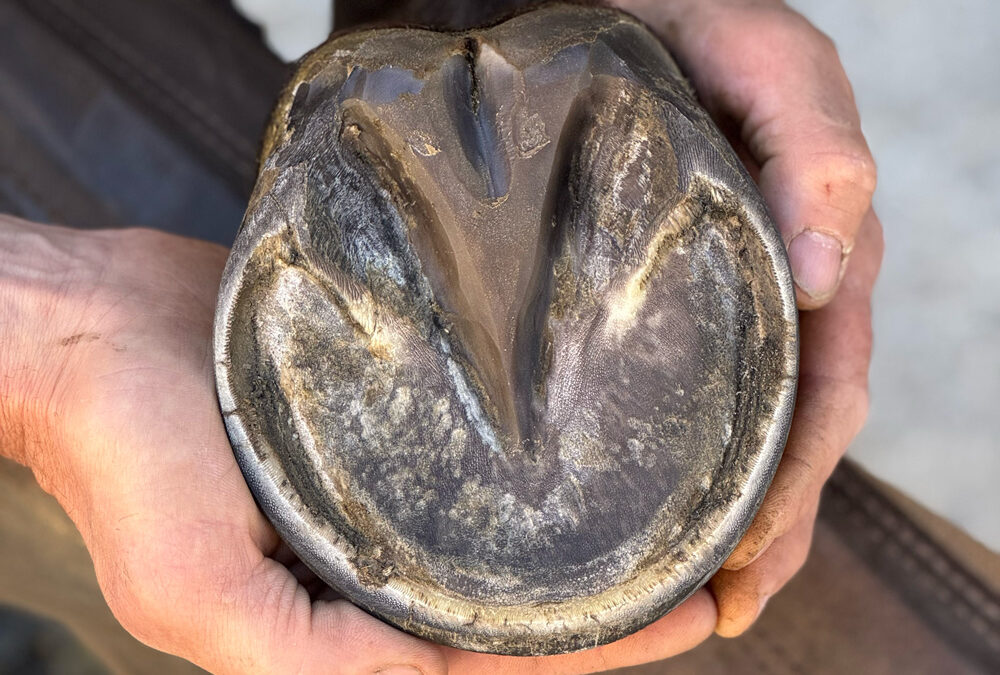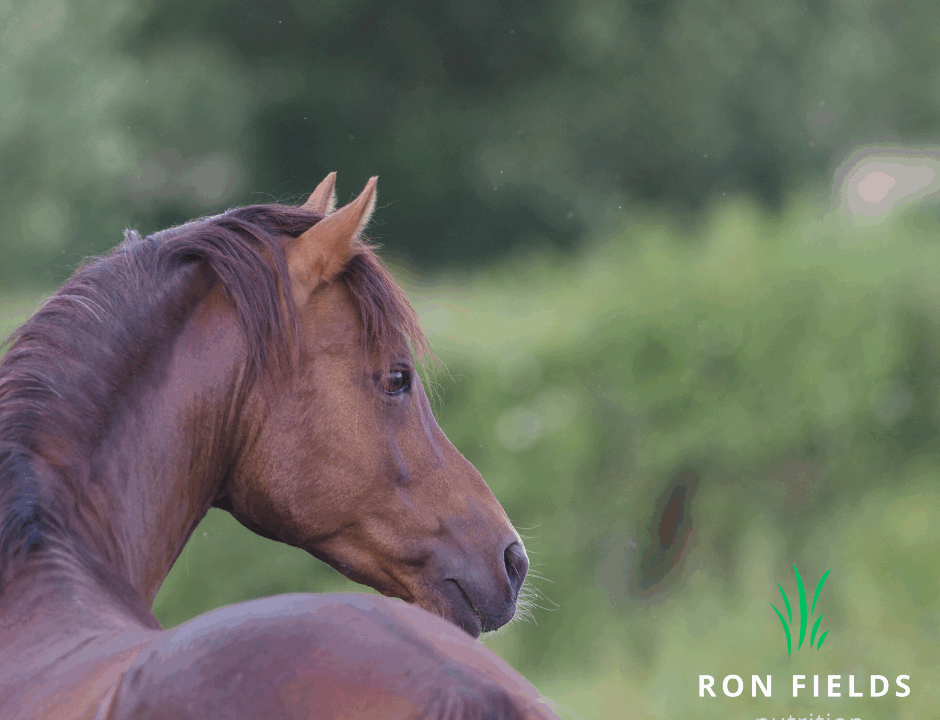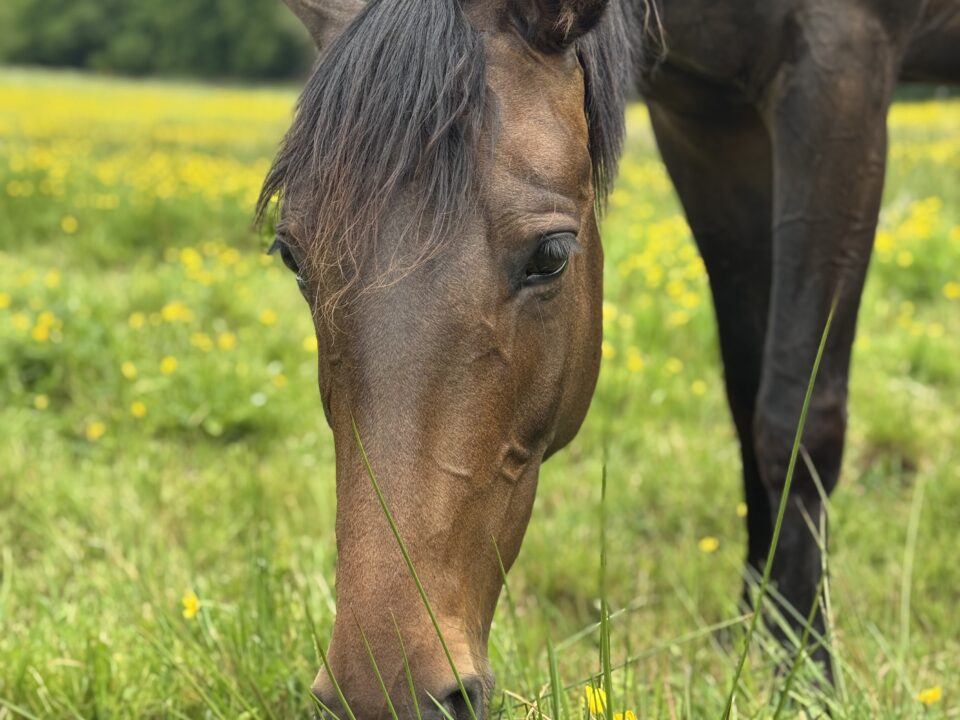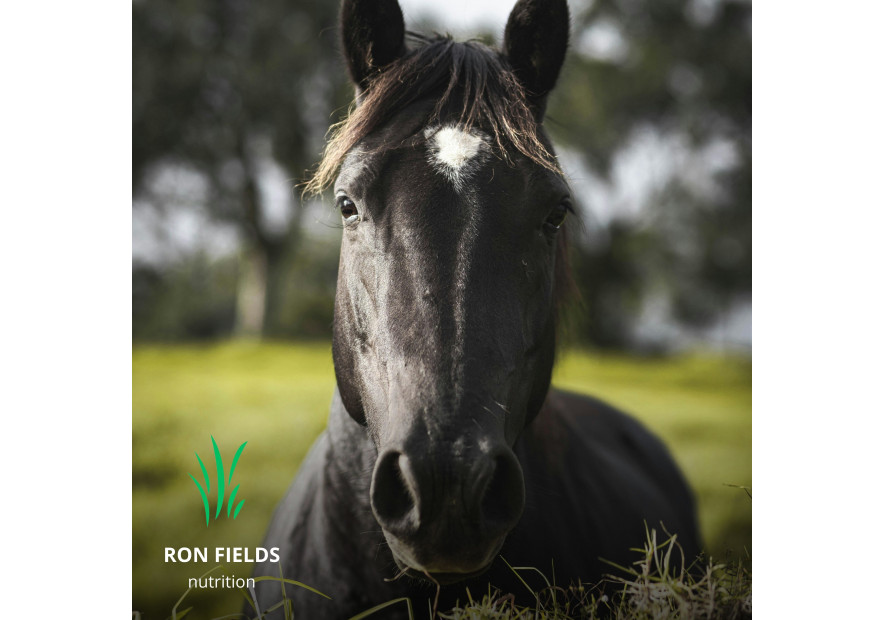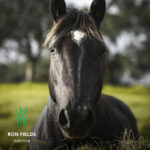
Ulcers in Horses: Understanding, Treating, and Preventing
April 7, 2025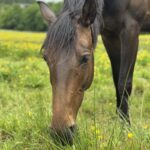
Reasons for hindgut inflammation in horses
June 5, 2025The most visible sign of an unhealthy fork is a black, foul-smelling discharge that may have softer areas and an irregular shape. If the infection is severe, it can spread and affect the deeper structures of the hoof, such as the digital cushion and heel bulbs. This can lead to very sensitive frogs and heel bulbs, which can cause great discomfort in the horse’s locomotion, even lameness in extreme cases.
Thrush is often considered to be the result of poor stable management. However, this is not always the case. Horses do not all react in the same way to their environment; they can have bad grogs in perfectly healthy conditions. There may also be resistant individuals in difficult conditions. The horse’s individual sensitivity seems to be an important factor. It seems clear that metabolism plays an important role in resistance to bacterial and microbial attack on the frog and hoof. When the immune system is weakened, it is more rapidly affected. The hoof contains numerous immune cells that prevent pathogens from penetrating deep into the body. With a strong immune system, bacteria and fungi are less likely to attach themselves to the hoof and multiply.
As a general rule, the hoof’s natural growth process eliminates bacteria and fungi, which then remain on the surface. However, if the immune system is weakened, hoof growth may be restricted and bacteria and fungi may remain on the surface for longer, allowing them to accumulate and multiply. Blood flow to the hoof is also reduced as a result of the weakened immune system. Infections can then spread more easily through the hoof. Pathogens then penetrate deeper into the hoof and attack the frog in particular, triggering the start of the decomposition process.
The key points in managing frog problems are regular hygiene care (healthy bedding and cleaning of hooves and frogs), as well as support for the immune system, blood circulation in the hooves and general organ and metabolic function.
Hoof Up has been specifically developed to support these functions and also improve the quality and growth of the hoof horn.

